Flying a stunt kite on the Outer Banks — or anywhere — is a lot of fun and a great way to enjoy the outdoors. Many people find kite flying relaxing and even therapeutic. Since flying a kite is accessible for people of all ages, it’s a great way to spend time outside and connect with family.
The ocean breezes from the Atlantic ocean gives the Outer Banks some great, consistent winds for kite flying. When the wind is blowing below 20 mph, that’s a great time to learn how to fly a two-line kite and make it dance across the sky. At Kitty Hawk Kites, we specialize in kites of all kinds. So of course, we have the best beginner stunt kites around. The first step in learning to fly is choosing your kite. If you are just starting out, take a look at our beginner stunt kites.
What to Look for in a Stunt Kite
There are two main styles for dual-line stunt kites: deltas and foils. A delta is roughly triangle-shaped and, in most cases, resembles the silhouette of a bird. They can vary in size and thus in wind range. On the other hand, foil kites are frameless with pockets that inflate in the wind. Foil kites fold up compactly, are easy to travel with, and without a frame, there are no parts to assemble or lose. Here are examples of our two best selling stunt kites.
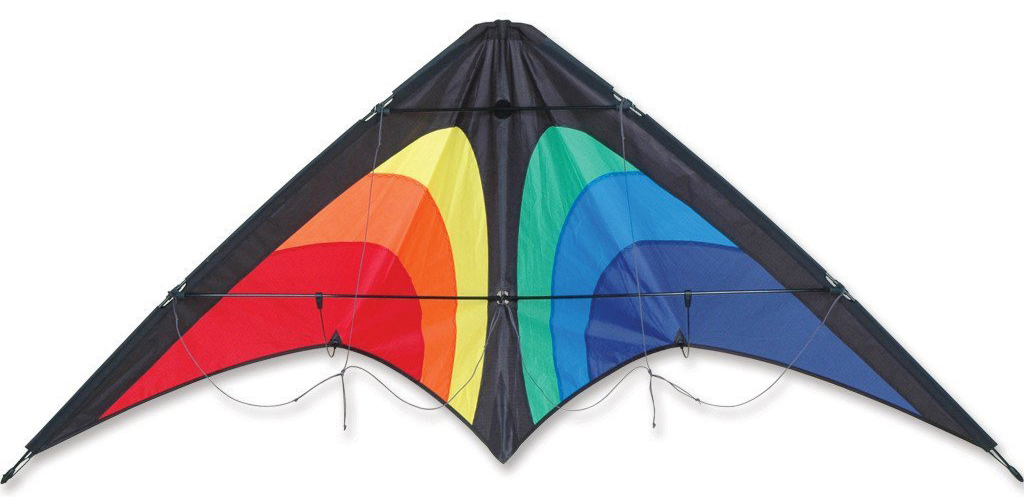
Kitty Hawk Osprey Dual Line Stunt Kite
The KHK Osprey kite’s design was inspired by the agile flight of the avian raptor and manufactured for us by Premier Kites. The KHK Osprey sport kite combines nimble handling with low weight and ease of control. The Osprey’s lightweight tubular fiberglass frame is perfectly sized for maximum durability and a wide wind range. Spread your wings and take this bird on a hunt for excitement at the park, beach, or neighborhood flying field!
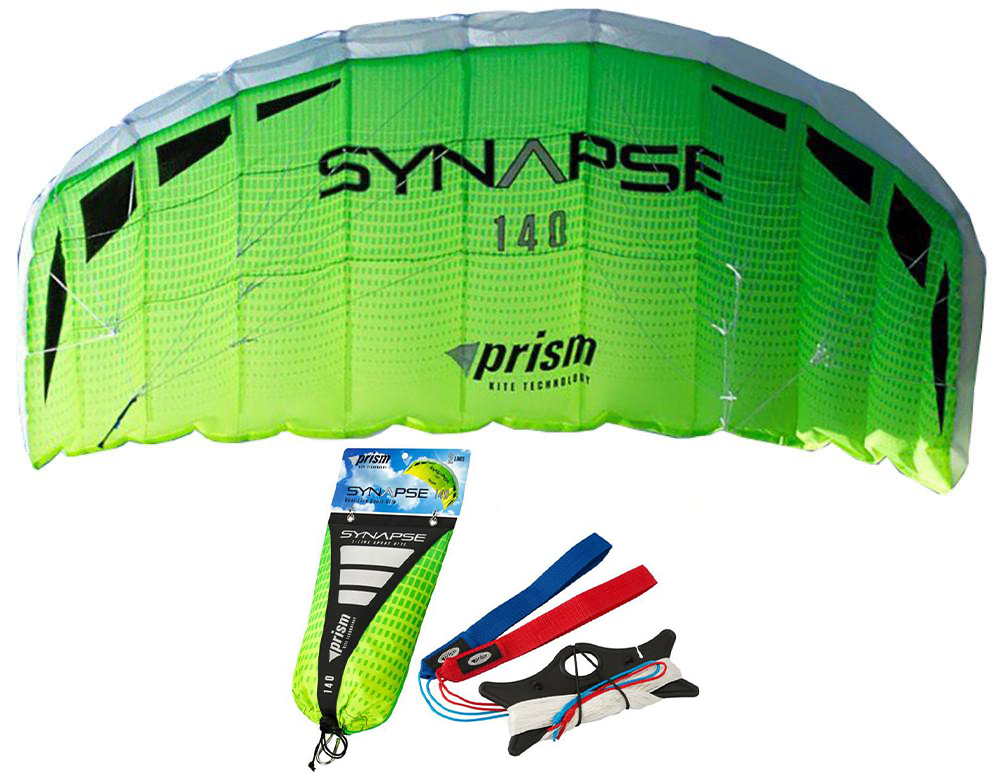
Synapse 140 Dual Line Stunt Foil Kite
Guaranteed to thrill, the Synapse sport kite series is all about speed and agility. Perfect for beginners, the Synapse comes ready to fly and stuffs into a compact pouch to take with you anywhere. Their high-aspect wings steer like sports cars with fingertip accuracy but they’re stable and forgiving for new pilots. The all-fabric design means no frame parts to damage and no assembly required. Comes in three available sizes (sold separately) — the bigger you get, the more you’ll feel the energy of the wind. Complete with flying lines and wrist straps.
The Wind Window

The wind window is the area of flight for stunt kites. It is a half-moon shaped area downwind of you where you can maneuver your kite. The edges of the window produce minimum pull and speed, whereas the middle of the window (also known as the power zone) produces the strongest pull and speed.
Different wind conditions may make it easier or harder to fly your kite. Each kite will have different wind ranges listed on the packaging for the best flying. Lighter winds will require a larger kite with more surface area to achieve lift. Higher winds, on the other hand, are better for smaller kites. Most kites should not be flown in winds more than 20 mph.
If you have a strong wind and your kite is unstable or hard to control, adding a tube tall can help stabilize your kite as well as add a fun decoration to brighten up the sky.
Your Flight Zone
Find an open space. Select an area that is clear of obstacles like houses, trees, and power lines. Beaches and parks are usually good locations, but remember that kites can crash and be destroyed by the waves. Fly only where the kite will not create a hazard. Never fly in rain or lightning. Electricity in clouds is attracted to damp kite lines and you could get hurt.
Be aware of any people in and around your flight zone. While most kites are lightweight, they can travel at high speeds. Additionally, kite line is very fine and can create cuts, burns, and bruises on the skin.
Getting Your Stunt Kite Set Up
Now that you have your chosen kite, let’s get it set up to fly. Assemble your kite as instructed on the packaging. For delta kites, this usually involves inserting the upper spreader, lower spreader(s), and standoffs. Some of the larder delta stunt kites will have leading edges in two parts which will need to be secured to set up the kite properly.
Since foil kites do not have a frame, they require almost no set up. No matter what kite you fly, ensure your lines are equal length. Otherwise, you will put a turn in your kite that will make it much more difficult to fly.
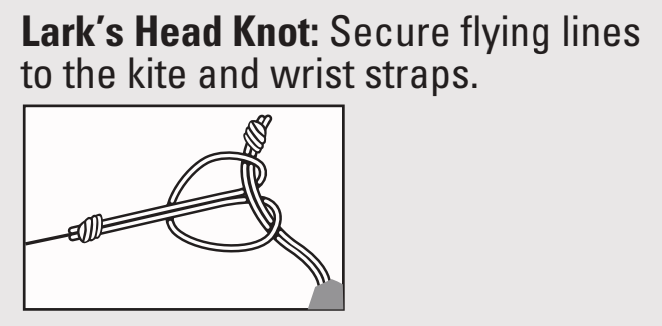
Then, attach your kite lines to the kite’s bridle set-up using a larks head knot. The bridle will have what’s known as a “pigtail” that will secure the knot.
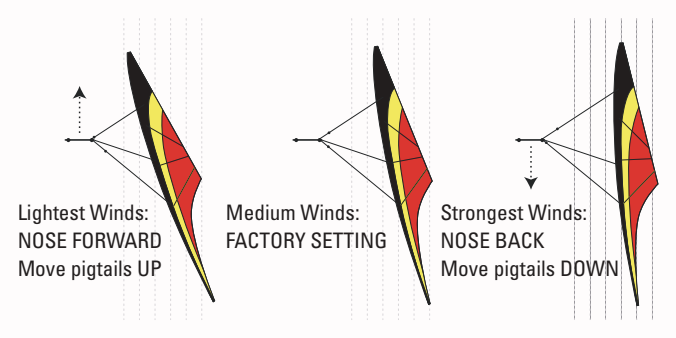
Depending on your wind conditions, you may need to adjust your kite’s bridle setting. In light winds, move the pigtails up to angle the nose of the kite forward. In strong winds, move the pigtails down to angle the nose of the kite up.
Flying Your Stunt Kite
There are two major steps to flying your new stunt kite: launching and steering. This is what separates two-line kites from the more common single-line kites. Dual-line kites can be driven around the sky and perform tricks. For a quick overview, watch our video below.
Launching
When you get ready to launch your kite, keep the wind at your back and your kite downwind. If you are on the beach, you can anchor your kite temporarily with sand while you walk your kite lines out. Otherwise, you can prop your kite up against something like a bush, fence, or pole.
Once you have fully unwound your line, slip your hands through the wrist straps (they are color-coded the same as the loops that attached to the bridle) and pull the line taut so the kite stands up. Then take a step backward, and pull the line down and back sharply. Let it gain height to the top of the wind window.
Congratulations! You’ve launched your stunt kite!
Steering
Now comes the fun part. To steer your kite in a certain direction, pull the corresponding wrist strap and return it to a neutral position. When in doubt, return both wrist straps to a neutral position and your kite should come to the middle of the wind window and fly straight up.
Try flying both directions and returning to the middle. Then step up to some easy tricks such as the figure-eight. Try to master one skill before moving on to the next. This will prevent you from stalling and crashing your kite often, which could damage it.
Just remember to stay relaxed and don’t over correct. Looking for more information? Take a look at our kite flying tips.
Upgrading Your Equipment
So you have successfully flown your first dual-line stunt kite. Now what? It may be time to start expanding your collection.
Kite Line
The first addition to your equipment that we recommend is another line set. Depending on the line your kite came with, you may want to look at a longer or shorter line set. Stunt kite line sets will list both their length and strength. Stronger lines are often heavier as well. Long, heavy lines are more difficult to fly in low winds. The material your line is made of makes a difference as well. Look for kite lines that won’t stretch, such as ones made with 100% pure braided Spectra.
Advanced Stunt Kites
Of course, the next step for many kite flyers is another stunt kite. And with so many to choose from, it can be difficult to make a decision. Here are our recommendations.
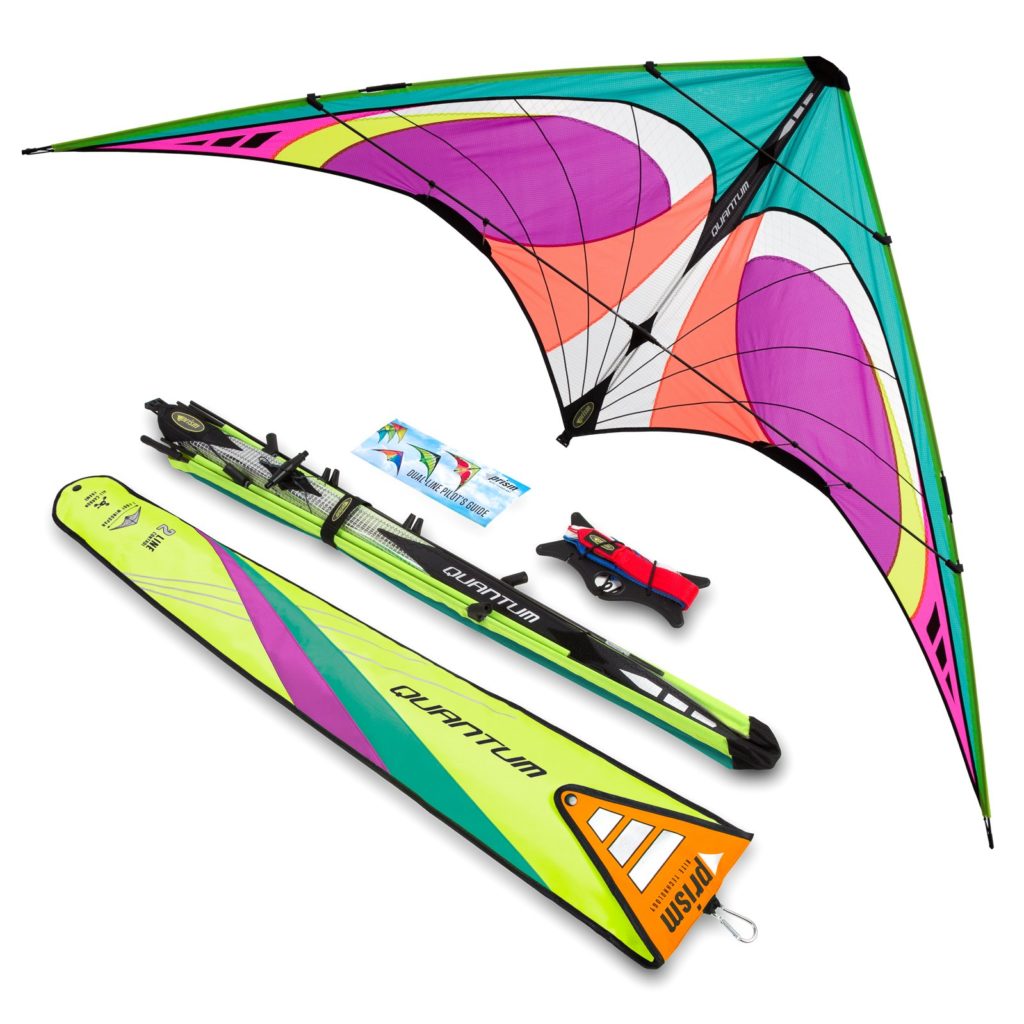
2020 Special Edition Prism Quantum Stunt Kite
The Prism Quantum’s 7-foot wingspan is big enough for serious pull and excitement and stable enough to make learning to fly a sport kite a snap for beginners. The Prism Quantum dual line stunt kite features collapsible leading edges for travel, Kevlar-reinforced nose, Integral shock absorber in the tail. The Quantum has impressive wind range, adjustable bridle, and a practically indestructible carbon frame, making it a trick kite you can learn with but never outgrow. The Prism Quantum kite includes line set, wrist straps, and a nice carrying case.
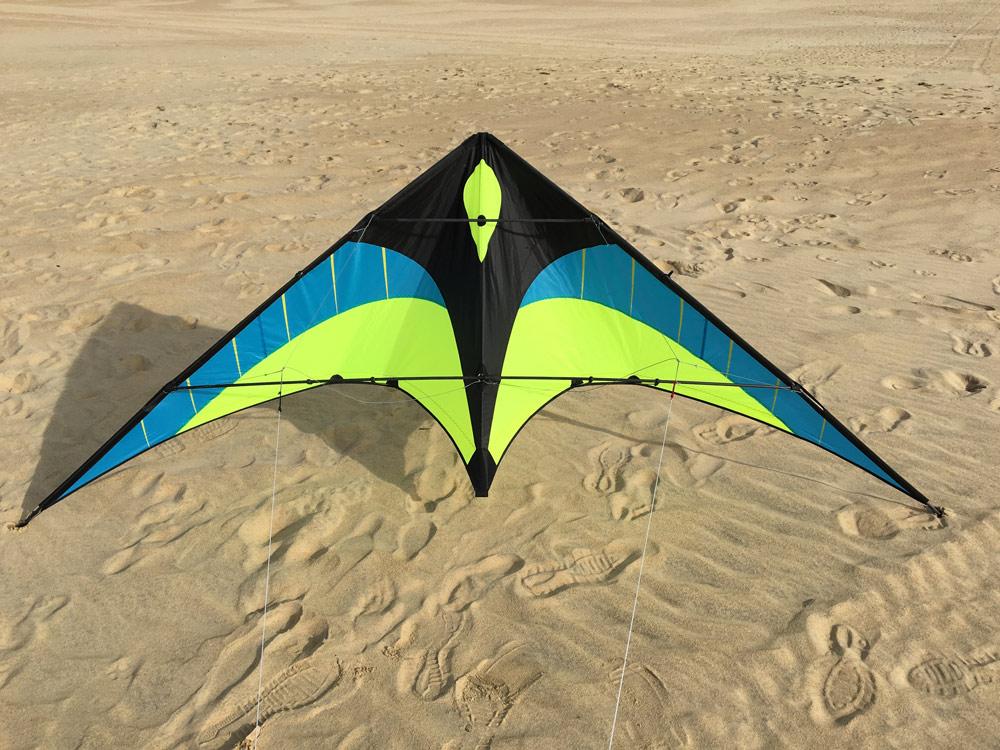
KHK Skyscraper Dual Line Stunt Kite by Premier Kites & Designs
Exclusive to Kitty Hawk Kites, the Skyscraper Stunt Kite is one of the best stunt kites hands down! It looks fantastic and flies beautifully, not to mention it roars through the air in heavier winds and looks best with a long tail. With this kite, you’ll learn new tricks easily, be able to fly in low and high winds, and show off to your friends like no other kite can!
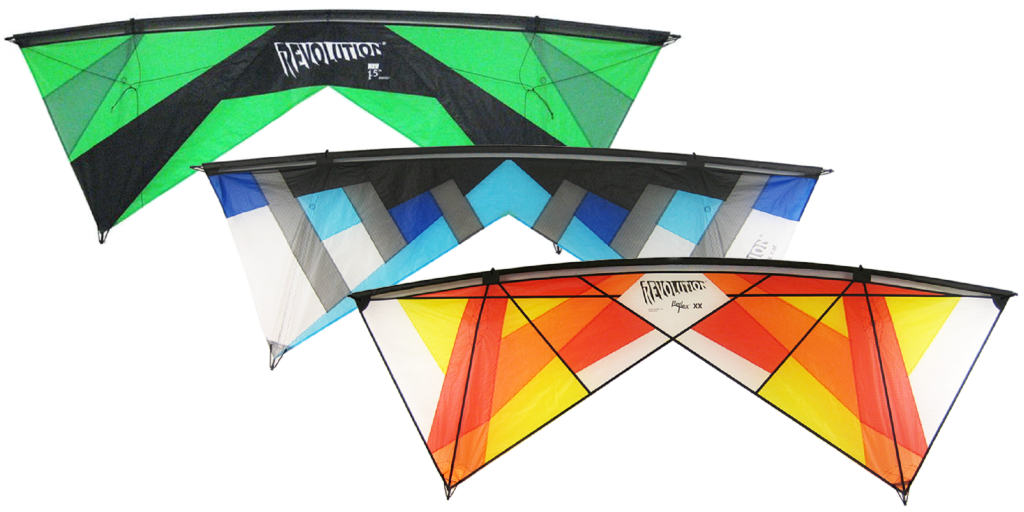
Quad-Line Kites
Looking for more of a challenge? It may be time to step up to a four-line kite. These are more difficult to fly, but you can do more impressive stunts with them. It’s common to find videos of them “walking” or even “dancing” in parks.
Originally written on September 24, 2015. Updated on July 6, 2020.
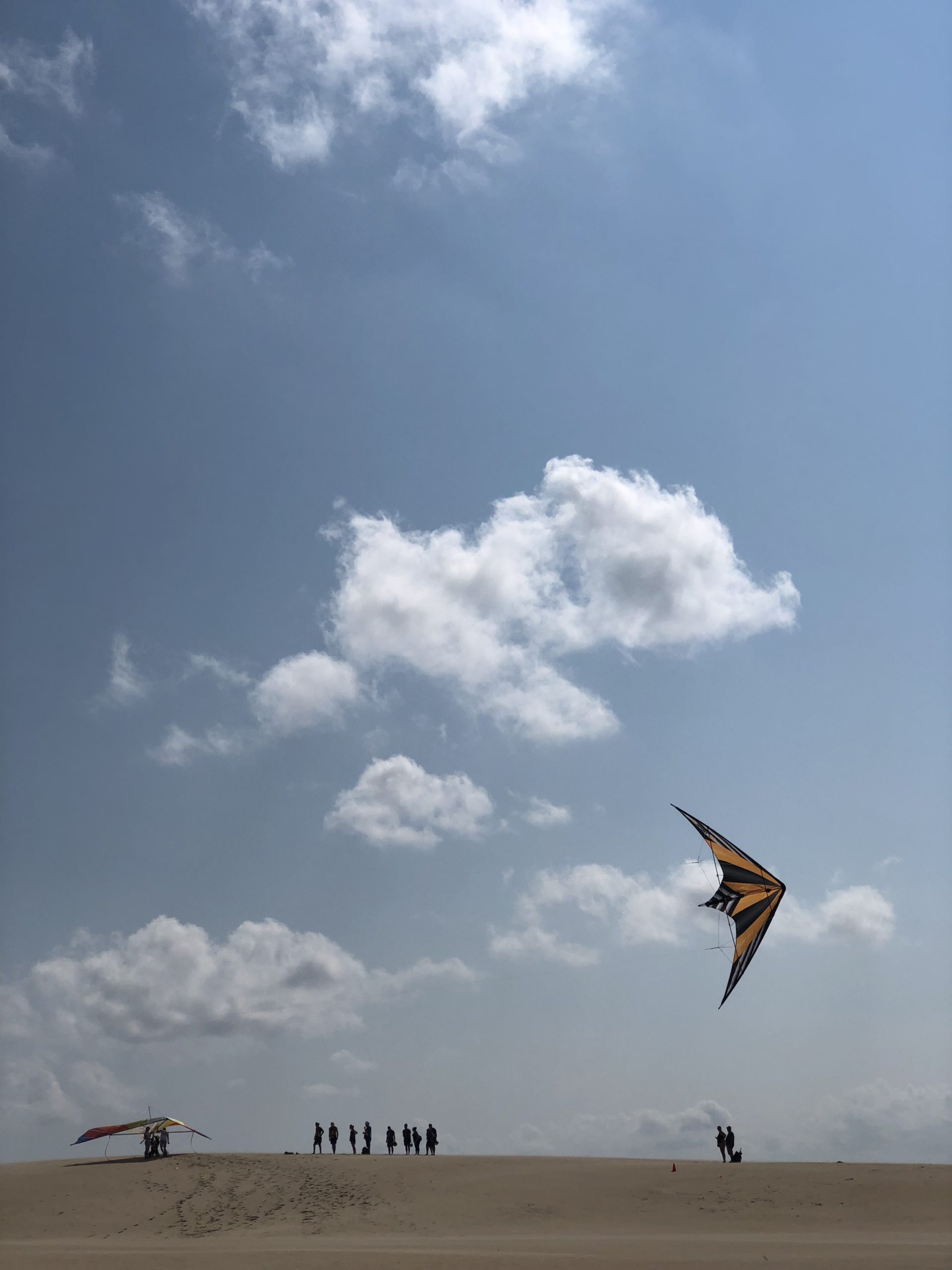

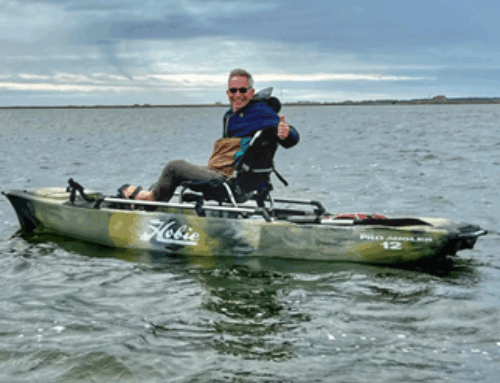





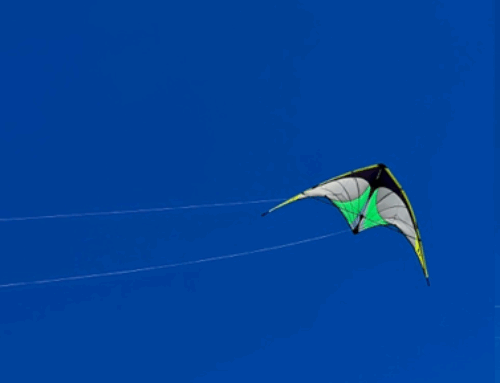
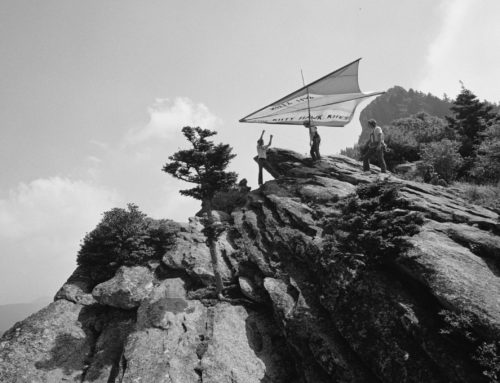

[…] it until just now) there has never been a better time to fly a kite! Check out our kite flying guide to get […]